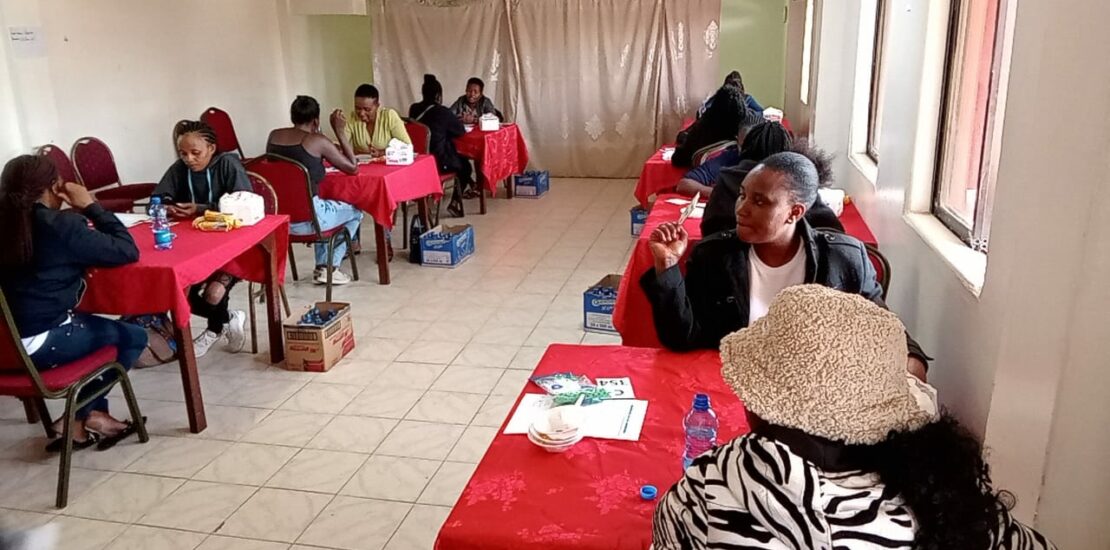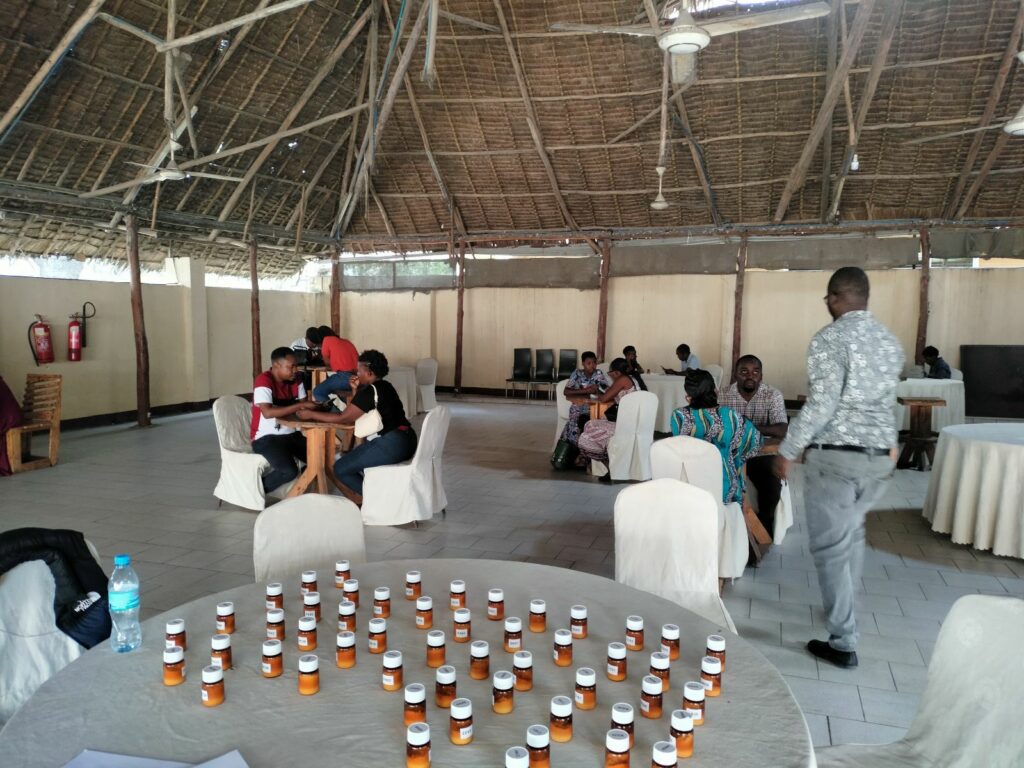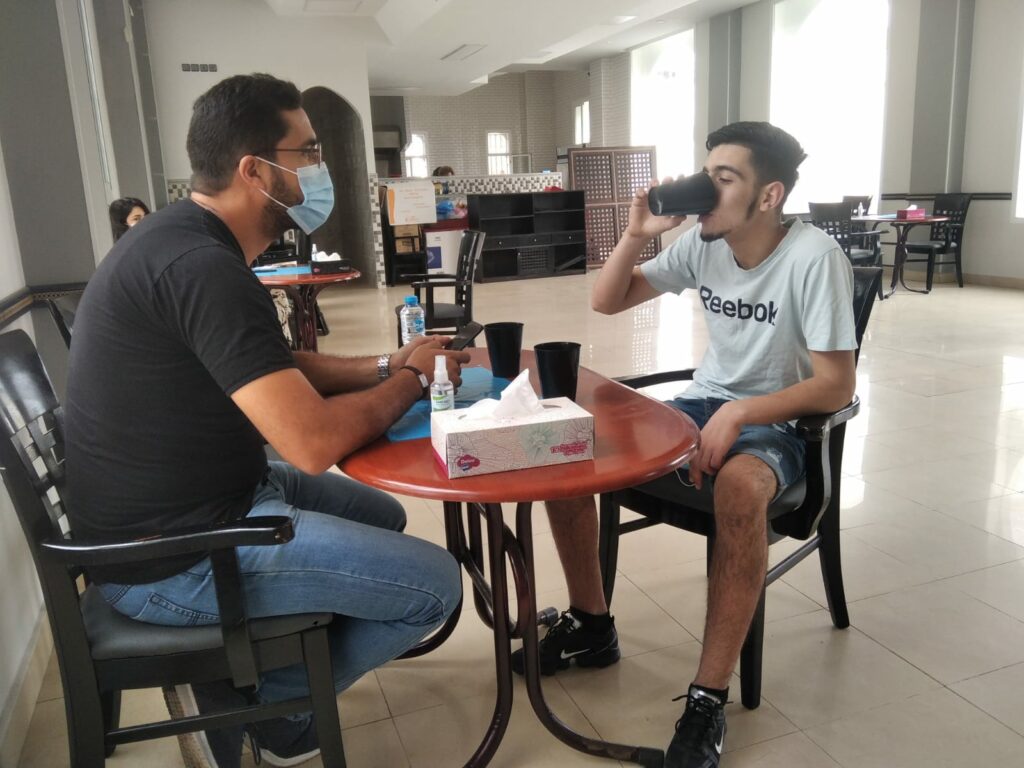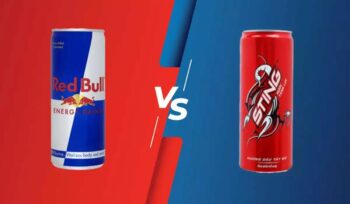- 03/10/2024
- Posted by: ilana.czerwinski
- Categories: Articles, Consumer Goods / FMCG, Product testing

Mind the Gap Between Your Product and Consumers’ Expectations
Product testing in Africa is crucial for ensuring your new products meet the needs and preferences of individual local markets. According to Harvard Business School, around 30,000 new products launch each year, but nearly 80% fail. Effective market research can help ensure your new product lands among the successful 20%!
Listen to Your Consumers
Online surveys can be extremely useful to understand consumer needs, generate innovative ideas, and define product concepts, guiding early project development with actionable insights.
Here are some practical examples of this approach:
- Assess Product Fit: Understand how your product aligns with consumer lifestyle choices. For example, consumers’ desire to reduce alcohol intake led to the development of non-alcoholic beers, addressing their willingness to consume beer without the alcohol.
- Evaluate Flavour Performance: An online concept test for a ready-to-drink alcoholic beverage in Kenya showed only 42% of respondents were willing to buy the worst-performing flavour. On the opposite, nearly 70% were willing to buy the best-performing one, highlighting the importance of understanding local preferences.
- Identify Consumption Occasions: Non-alcoholic gin can be a perfect choice for gin lovers who wish to avoid alcohol intake during weekday nights out with work colleagues.
- Assess Packaging Format potential: A juice manufacturer in Morocco designed a new packaging to enhance product perception. This change aimed to justify a higher price and position the product as more premium. The goal was to secure valuable space in the refrigerated section of major supermarkets.

Test Your Concept
Evaluate your product with your target consumers to gain insights on market potential and optimization.
- Price Alignment: Ensure the price point matches what consumers are willing to pay in both modern and traditional trade settings. For example, we tested a seasoning product’s price point to see if it aligns with consumer expectations.
- Marketing Campaigns: Test if the current messaging drives purchase intent or if a new message is needed. Before launching a new marketing campaign for a healthcare product in Kenya, we evaluated if the current product benefits message was effective in driving purchase intent among users of competitor brands.
- Design Selection: Choose the best design for production based on its potential to drive premium perception. For example, out of three designs developed for a new stationery product in Ivory Coast and Cameroon, we identified which design should be selected for production.

Validate Product Characteristics
Product tests with consumers, whether conducted at a central location (CLT) or as Home Usage Tests (HUT), are crucial for determining if a product is ready for launch or needs further optimization. These tests help mitigate the risks associated with launching an under-optimised product. They provide insights into the recipe, packaging formats, and price point, ultimately maximising market potential.
Here are a few practical examples:
- Case 1 |Seasoning Mix: A seasoning mix manufacturer wanted to launch a flavour sold in Nigeria to the Kenyan market. A Central Location Test revealed that the Nigerian recipe was too strong for 30% of respondents, leading to a recipe adjustment.
- Case 2 | Juice: A juices manufacturer aimed to launch a new flavour to gain visibility in Moroccan supermarkets. A Central Location Test validated the recipe, identified the optimal packaging format, and provided insights on the best price range.
- Case 3 | Fragranced products: A fragrances manufacturer conducted a Home Usage Test for an improved formulation of a hand wash detergent in South Africa. The test provided insights on product effectiveness and fragrance strength when used in different climates and levels of humidity over an extended period.
Leveraging Product Testing in Africa
By leveraging thorough product testing and consumer insights in Africa, you can significantly increase the likelihood of your product’s success in the African market. Embrace these strategies to bridge the gap between your product and consumer expectations. To discuss your product optimisation or innovation projects in Africa, get in touch with our Quantitative Research team on contact@sagaciresearch.com or click below.






